The completion of the annual sheep and goat census is a good time to ensure flock register and Sheep Welfare Scheme records are up to date. The sheep census is a legal requirement underpinning payment of many schemes, so it is vital that it is completed. Sheep scanning or housing should be used as an opportunity to ensure any tag losses are addressed.
Where one tag is missing, there are two options – order the corresponding tag or remove the tag and replace with a new EID tag set. The latter is likely to be a lower-cost option, with most tag providers offering a new set of tags at a lower cost than printing a single tag number.
To complete the census online, log on to your agfood account and select the tab “animal identification and movement”.
Farms with mixed cattle and sheep enterprises will be then given a cattle-keeper option and a sheep-keeper option. Select the sheep option and then in the top left section, click on census and “create” to bring up the 2019 input sheet.
There are two questions asking if information can be passed to Sheep Ireland and Bord Bia. This information will be used in the case of Sheep Ireland to circulate sheep breeding information, while for Bord Bia it relates to the quality assurance scheme.
The mild weather means it is taking longer for housed sheep to settle indoors. The greatest issues are reported with highly stocked sheds or where ventilation may not be up to scratch and where sheep have been housed wet.
These issues should highlight if long-term improvements in shed ventilation need to take place.
In the short term, removing some side sheeting may help to alleviate problems and improve air flow, while replacing solid or vented sheeting with space boarding will deliver longer-term solutions.
It is important to use sufficient straw where lambs are being housed to dry their fleece ahead of slaughter and comply with the clean livestock policy.
Straw should not be skimped on for early lambing ewes to reduce the risk of disease establishing. Where ewes are lambing into unhygienic conditions, the risk of scour or mastitis will be greatly increased.
Individual lambing pens should also ideally be cleaned between animals, but where this is not an option, lime should be applied followed by a deep bed of straw. Spreading lime along feeding passages, water troughs, etc, where bedding is likely to be wetter will also help in reducing the risk of diseases such as lameness establishing and spreading through the shed.
I would like to wish all readers and their families a happy new year. The new year brings lots of talk of resolutions and making changes. Many of these quickly pass by the wayside, but the new year can be used as an opportunity to assess areas such as lambing preparations or improvements in farm infrastructure.
The current tranche of TAMS II closes on 10 January. Given the nature of applications and the approval process, where the aim is to carry out tasks this summer or improve handling facilities, applications need to be submitted in this tranche.
The completion of the annual sheep and goat census is a good time to ensure flock register and Sheep Welfare Scheme records are up to date. The sheep census is a legal requirement underpinning payment of many schemes, so it is vital that it is completed. Sheep scanning or housing should be used as an opportunity to ensure any tag losses are addressed.
Where one tag is missing, there are two options – order the corresponding tag or remove the tag and replace with a new EID tag set. The latter is likely to be a lower-cost option, with most tag providers offering a new set of tags at a lower cost than printing a single tag number.
To complete the census online, log on to your agfood account and select the tab “animal identification and movement”.
Farms with mixed cattle and sheep enterprises will be then given a cattle-keeper option and a sheep-keeper option. Select the sheep option and then in the top left section, click on census and “create” to bring up the 2019 input sheet.
There are two questions asking if information can be passed to Sheep Ireland and Bord Bia. This information will be used in the case of Sheep Ireland to circulate sheep breeding information, while for Bord Bia it relates to the quality assurance scheme.
The mild weather means it is taking longer for housed sheep to settle indoors. The greatest issues are reported with highly stocked sheds or where ventilation may not be up to scratch and where sheep have been housed wet.
These issues should highlight if long-term improvements in shed ventilation need to take place.
In the short term, removing some side sheeting may help to alleviate problems and improve air flow, while replacing solid or vented sheeting with space boarding will deliver longer-term solutions.
It is important to use sufficient straw where lambs are being housed to dry their fleece ahead of slaughter and comply with the clean livestock policy.
Straw should not be skimped on for early lambing ewes to reduce the risk of disease establishing. Where ewes are lambing into unhygienic conditions, the risk of scour or mastitis will be greatly increased.
Individual lambing pens should also ideally be cleaned between animals, but where this is not an option, lime should be applied followed by a deep bed of straw. Spreading lime along feeding passages, water troughs, etc, where bedding is likely to be wetter will also help in reducing the risk of diseases such as lameness establishing and spreading through the shed.
I would like to wish all readers and their families a happy new year. The new year brings lots of talk of resolutions and making changes. Many of these quickly pass by the wayside, but the new year can be used as an opportunity to assess areas such as lambing preparations or improvements in farm infrastructure.
The current tranche of TAMS II closes on 10 January. Given the nature of applications and the approval process, where the aim is to carry out tasks this summer or improve handling facilities, applications need to be submitted in this tranche.




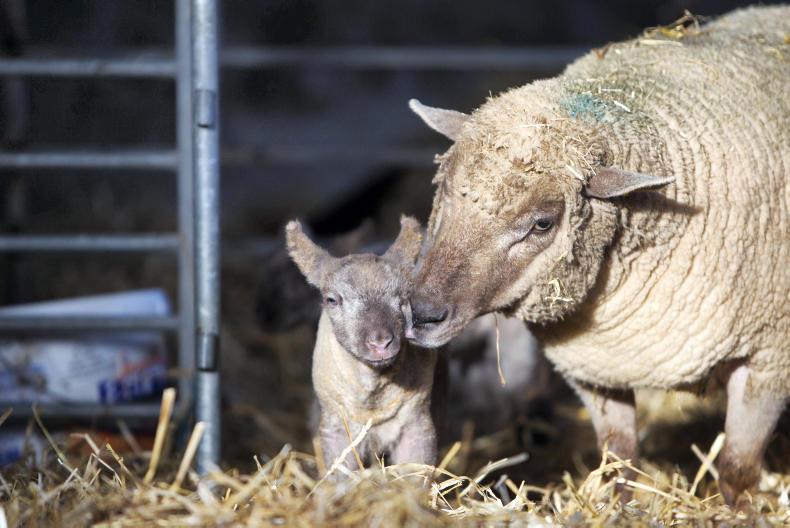
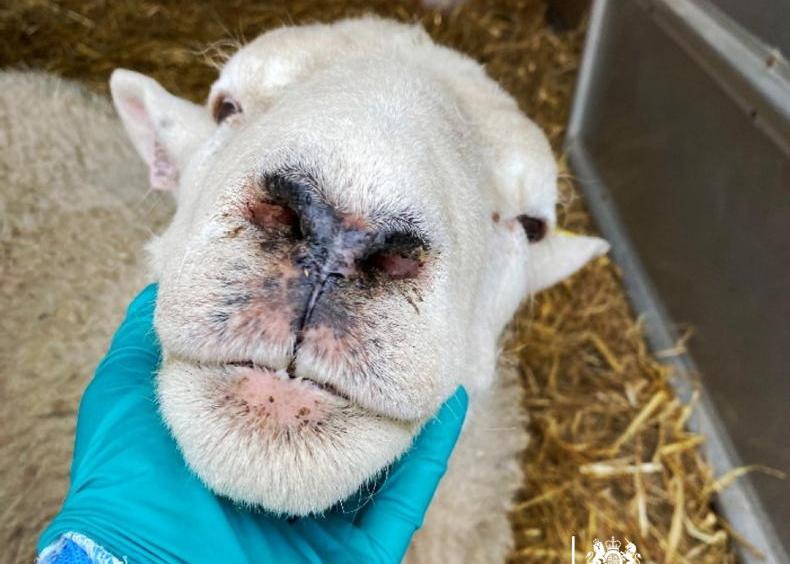

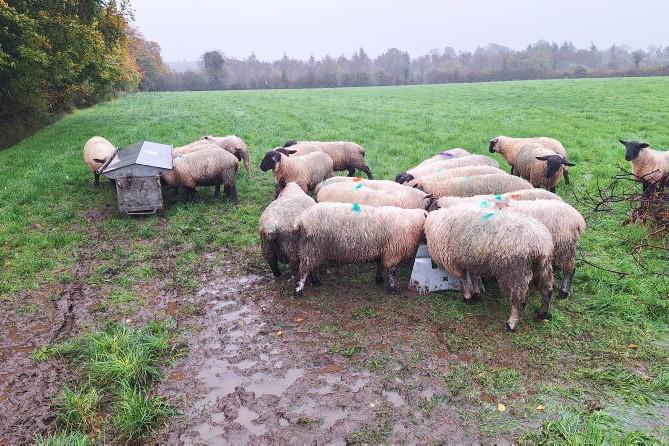
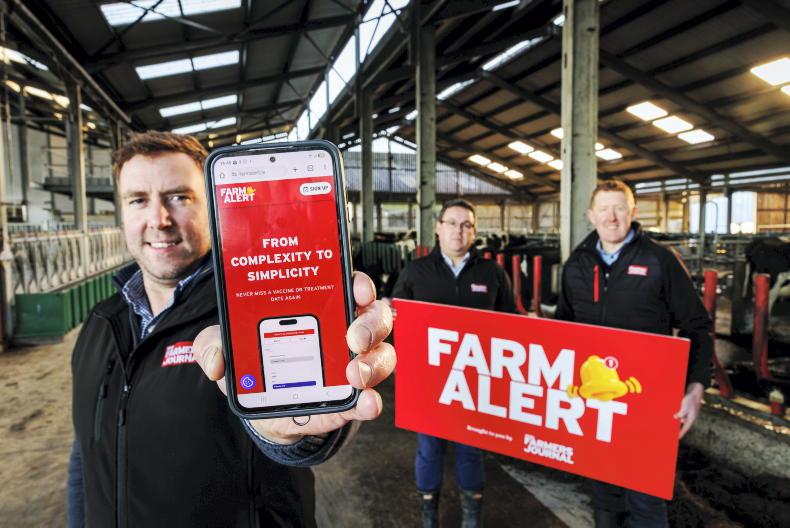
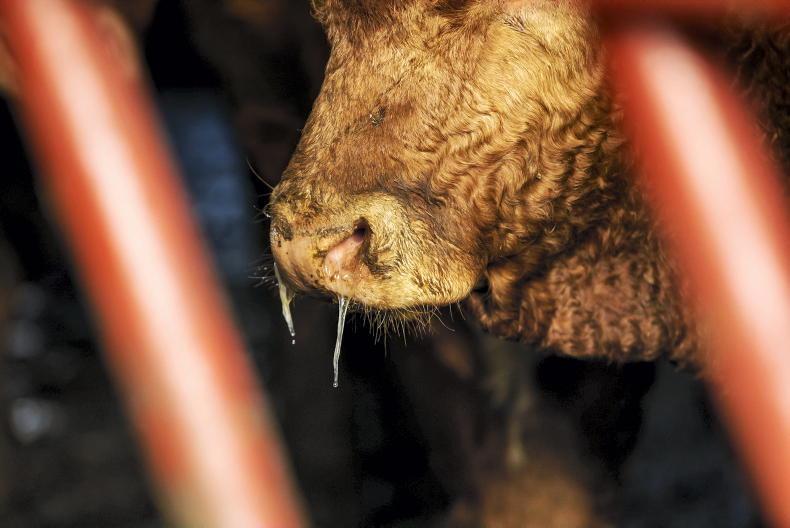
SHARING OPTIONS